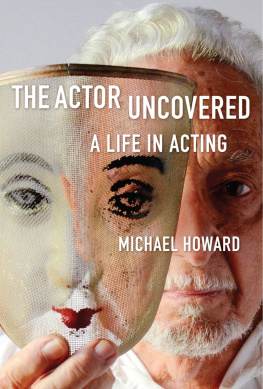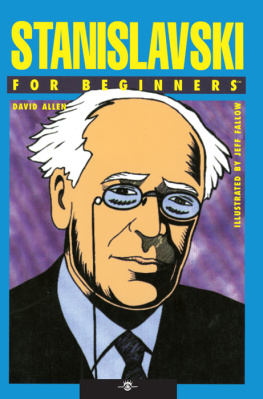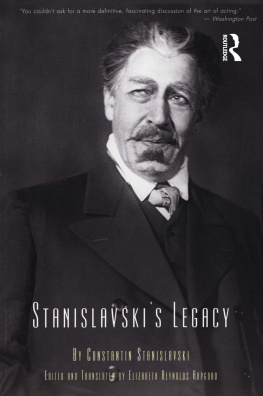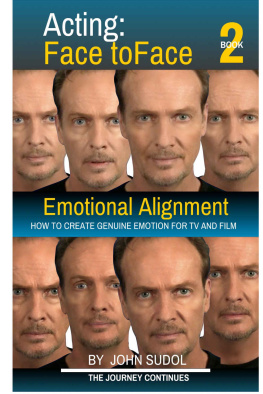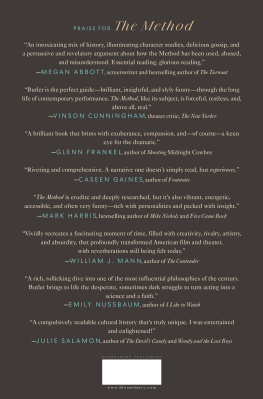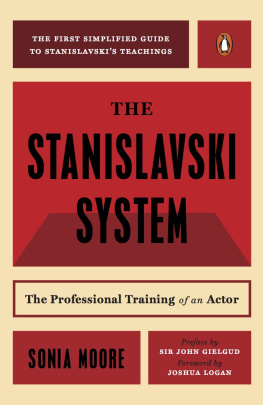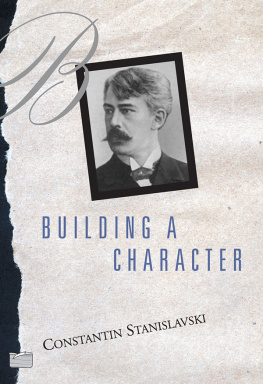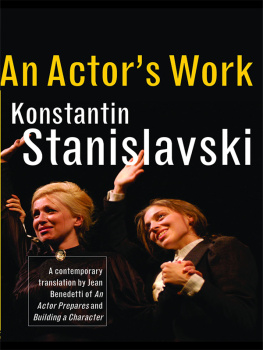Published in 1997 by Psychology Press Ltd
27 Church Road, Hove, East Sussex, BN3 2FA, UK
http://www.psypress.co.uk
Reprinted 2002
Transferred to Digital Printing 2005
Psychology Press Ltd, Publishers
27 Church Road, Hove
East Sussex, BN3 2FA, UK
Psychology Press is part of the Taylor & Francis Group
1997 by Psychology Press Ltd
All rights reserved. No part of this book may be reprinted or reproduced or utilised in any form or by any electronic, mechanical, or other means, now known or hereafter invented, including photocopying and recording, or in any information storage or retrieval system, without written permission from the publisher.
British Library Cataloguing in Publication Data
A catalogue record for this book is available from the British Library
ISBN 0-74840-474-0 (hbk)
ISBN 0-86377-500-4 (Pbk)
Typeset by Gilbert Composing Services, Leighton Buzzard, Beds.
In September 1974, aged 19, I arrived at what was then Loughborough College of Education in England, along with more than a hundred other freshers. We came supposedly to spend three or four years learning how to teach Physical Education, but the truth was that many of us just wanted to play sport. The group comprised enthusiastic and extremely fit and talented young sportsmen from almost every sport imaginable. Some were already performing successfully at international level, many had been schoolboy internationals, and almost all had been the best sportsmen and something of heroes in their respective schools. Little did we know it at the time, but we had willingly stepped into a melting pot that would test our motivation, competitiveness, and dedication to the limit.
My sport was rugby union and it wasn't long before the full realisation of the journey I had embarked on hit home. Arriving in September meant that time for training and team practices was short. Sessions had to be highly intense prior to Loughborough's first match of the season. I well remember wandering over to my first training session at the running track, something I had not associated with rugby training before. There I met those players who had returned from the previous year, a few other newcomers who had been invited to attend, and the coach, Scotsman Jim Greenwood. We put in a hefty session of track work in which, even though it was new to me, I was keen to keep up with the other players. I should say at this point that, as a 6ft 5in and 16 stone second row player, I found that doing interval sprint work against much lighter and faster flankers and threequarters on the track was tough work, to say the least.
The sprint training ended and I thought that my first training session was over. I was privately congratulating myself on doing reasonably well when Jim ordered us over to a plateau in the middle of a short but steep hill close to the track. There we pulled on our boots and paired off for one-on-one scrummaging work. I was paired with another fresher, Fran Cotton. Fran, who was three years older and heavier than I, would shortly be selected to play prop for the full England team; later he would be a mainstay of the British Lions in New Zealand and South Africa. Anyone who knows anything about rugby knows that a second row has little chance against a prop when it comes to one on one scrummaging, let alone someone of Fran's calibre. Needless to say, for the next 30 minutes or so, I was crucified. After the scrummaging, again to my surprise, the training session still wasn't finished. Jim, the coach, paired us off again and, exhorting us to greater efforts in a way that only he could, announced that we would finish off with a series of sprints up the nearby hill.
Somehow I managed to complete the hill work and, completely exhausted, I walked slowly back to my room in the halls of residence. There I filled one of the old-fashioned deep baths with hot water and, with the water up to my chin, lay there for well over an hour, soaking out the aches and pains and realising that rugby at Loughborough would be the biggest challenge I had yet faced. There was no let-up in the training, but ten days later I was selected to play my first match for the Loughborough 1st XV, this time fortunately packing down behind Fran in the scrum. The match was against Staffordshire and my immediate opponent was Mike Davies, an England International. I had always enjoyed playing in important games and against tough opponents and this game was no exception. I enjoyed it thoroughly. All the tough training and aches and pains had been worthwhile.
Although I was not particularly interested in sport psychology at the time (that would come later), in these first months at Loughborough I probably learned more about myself and psychology than at any other time in my life. Many of the topics addressed in this book, such as coping with potentially stressful situations, enjoying the thrills of playing sport at a high level, being aggressive and on occasion violent, and experiencing the emotions associated with winning and losing, were brought home to me on a decidedly personal level. Yet, that first year at Loughborough was one of my most successful because, as well as Fran and myself, the team also included Steve Smith, Clive Rees, Louis Dick, Dick Cowman, and John Gray, all of whom would become top international players, and my second-row partner, Maurice Trapp, who would later gain fame as a very successful Auckland coach. It was a tremendous team and I consider myself very privileged to have been able to play with them.
Some ten years later, having completed my degree at Loughborough and a part-time Masters degree in Educational Psychology, I found myself in the position of teaching physical education students at the University of Ulster, where my responsibilities included teaching sport psychology and biomechanics. Eventually, as these subjects became more and more specialised, I was able to leave aside biomechanics and concentrate on my real interest, sport psychology. At that time (around 1980), sport psychology in the UK was still somewhat of a fledgling subject, received with a certain scepticism amongst sports people and without much respect from psychologists working in the more traditional areas of psychology. Psychology textbooks rarely mentioned sport and few research studies were sports-based. Partly as a response to this lack of interest in sport, but also as part of my own career development, I was determined to obtain a PhD from a psychology department.
I was fortunate to be able to enrol (again part-time) at the University of Nottingham under Tom Cox's supervision. Tom proved to be an outstanding supervisor and soon I was carrying out experiments, analysing data, and trying to write up research papers. My particular interest was focused on the relationship between arousal and performance and, as part of the research process, I undertook a literature search. The available theoretical work on the effects of arousal on performance in sport was largely limited to so-called drive theory and inverted-U hypothesis explanations. However, on a personal level, these explanations just did not fit my own and what I observed of my team mates' experience in rugby (I was still playing for the Irish club, Ballymena at the time), nor did they fit with what I knew of the performances of participants in other sports. Tom Cox and his colleagues in work psychology had developed one model and, after considerable searching, I discovered another approach, known as reversal theory, which seemed to offer more valid explanations of the psychological processes taking place in sport. I was more than willing to incorporate these approaches into my doctoral work and subsequently to concentrate my academic work firmly on reversal theory.


